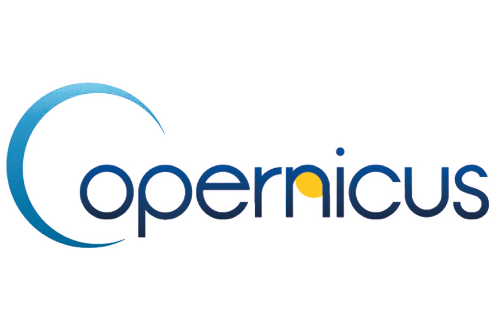Implementation
With and for the EO application developers
Highlights of implementation methodology
If the first EO data have been initially produced mainly for scientific goals, 2014 brought the breakthrough. The Copernicus program and its ‘open-data’ policies, has boost the initial provisioning of Open data Landsat enabling the development of affordable EO commercial business. More or less at the same time, cloud and containers technologies have leveraged the potential of the EO market. They solved the challenge increasing data volumes with costs accessible to companies that could not afford super calculators. However, in practice, developing the EO developers’ community from pioneers to mainstream users in a quickly evolving environment, stays a major effort and requires a lot of skills.
Indeed, this requires building a shared vision of the European resources landscape and dynamics, and identifying the challenges for the EO developers or their multi-disciplinary teams. e-shape has tackled this issue with a pragmatic approach. It is mixing lessons learned from the pilots and theoretical synthesis supporting the cross-domain cooperation on any of the components impacting EO business, i.e. Data, Technologies, Policies, Skills or Science.
Developing an Earth Observation application to extract the insights needed by researchers, decision makers, analysts and citizens can raise a lot of challenges. It is impossible to address them all in a single project. Still the big amount of pilots and partners can help to address efficiently shared priorities.
Until now, the market has been somewhat pushed by data providers. e-shape focusses on the implementation of the 37 pilots and is a unique effort to capture the needs and challenges recognized by variety of application developers from the “user-centric” perspective, to standardize and boost it with cross domains best practices, to make it more understandable, and give a major impulse to a new users-pulled EO market trend.
The vast amount of open access to Copernicus data, the recent European infrastructures offering Cloud services for Earth Observation developed by public and private companies, and new technologies enable tremendous benefits for research and business development expanding the market of Earth Observation-derived information. But these resources continue to be challenging to use, and the rapidly evolving landscape adds complexity for new players.
Based on an initial assessment of the status, plans and challenges of the pilots, the e-shape implementation work package has identified the shared challenges and issues and has organized them into a logical workflow used to structure the lessons learned from the different partners. This workflow is generic and can be used for the development of any EO application. It builds on NextGEOSS 5 step User-experience and breaks it down with an additional level of sub-steps. It will structure the table of content of the final e-shape development guide.
In practice, the implementation work package has supported the pilots with specific work on the most common issues:
- Building a structured catalog documenting the platforms used in the project
- Depicting a dynamic landscape of the EO major resources with their character and place in the ecosystem
- Identifying the challenges for the EO community to upscale the adoption of the Cloud technologies and lessons learned
- Identifying the challenges and trends for In-situ data
- Raising the awareness of GEO Data Management Principles and their relation with FAIR principles
- Raising the awareness of Compliance tools
- Supporting discoverability through the publication of e-shape results in GEOSS ecosystem based on standards
Stay in the loop !
Acknowledgment
The e-shape project has received funding from the European Union’s Horizon 2020 research and innovation programme under grant agreement 820852





